Beginner’s Guide to Corals
In the several hundred year history of aquarium keeping, the ability to successfully keep and grow coral is surprisingly new. The reefing hobby has changed drastically in the past few decades, with species once thought nearly impossible to keep, such as acropora, commonly being kept by intermediate level hobbyists. Many new marine aquarists, or even those with years of experience with fish only systems, have the preconceived notion that keeping corals is only for experts. In this article, I hope to outline how it is actually quite attainable with only a few key parameters to consider.
Water Parameters
The art of reef keeping, as boring as it may sound, is essentially the art of keeping correct and, above all else, consistent water conditions. If one can accomplish this, everything else will fall in line. Everything starts with your salt mix. There is endless debate over which brand is better than the other, but you can be successful with any of them. Pick one that has the parameters you like, at a price you can afford to do consistent water changes with, and obtain reliably. Simply mix per the instructions, and test with a refractometer to 1.026. In addition to salinity, the key parameters to control in a reef tank are Alkalinity, Calcium, Magnesium, Nitrate, and Phosphate.
Skeleton Building
Broadly speaking, the Alkalinity, Calcium, and Magnesium from your salt mix are taken from the water by your corals to build their skeletons, and must be replaced and kept at consistent levels to maintain long-term success. Popular methods include frequent water changes, 2-part dosing, calcium reactors, and kalkwasser, each of which could warrant its own article. Simply pick a method that works with your goals and budget, and most importantly, test frequently as consumption rates in a healthy reef change regularly. Generally speaking, 2 or 3 Alkalinity tests per week are enough to see trends, and Calcium and Magnesium may be tested once weekly, as they exist in much greater concentration in saltwater and change more slowly. For alkalinity, it’s best to stay between 7-10 dKh, while Calcium should be kept between 400-450ppm. Magnesium comes in a much higher concentration at 1200-1400ppm.
Pollutants
Nitrate and Phosphate are pollutants that ultimately come from the food we give to our aquatic pets. Not only do these fuel algae outbreaks, but in more demanding corals, they can slow coral growth and reduce coloration. There are many ways to address these, but the most straight forward ways of tackling excess nutrients is through waterchanges, and proper feeding. It’s hard not to overfeed our fish, as that is the main way we interact with them, and the poor little things always seem to be so hungry, but all the Nitrate and Phosphate in our tanks comes from that food, so it’s important to feed the appropriate amount. However, some Nitrate and Phosphate is inevitable, and a simple 10-20% weekly waterchange is often enough to dilute this to acceptable levels. Ideally, Nitrate should be kept at 1-15ppm, and Phosphate should be below .1ppm, but above zero.
Coral Classification
As with most niche hobbies, reefing is rife with acronyms and classifications which can be extremely daunting in the beginning. Without providing an exhaustive list, the most common high-level classifications you’ll see in the hobby are SPS, LPS, and soft corals. Of course, each category can be further divided into many other sections and further into specific varieties, but for the purpose of this article, all the species in each group can be treated similarly.
Soft Corals
Soft corals are any coral that doesn’t have a hard calcium carbonate based skeleton. These are generally the most forgiving of the three main categories, as they generally don’t consume much calcium or alkalinity, making them an excellent option for beginners. They also are tolerant of lower light and flow than other coral varieties, and can thrive in dirtier water, eliminating the necessity of purchasing expensive, high-end lighting and filtration equipment. Some of the commonly available options in this category include various leathers, mushrooms, clove polyps, and zoanthids, which come in countless combinations of colors and patterns. Generally speaking, if you can keep a successful fish only saltwater aquarium, you can convert it to a beautiful soft coral reef full of color and movement with only a minimal investment in equipment, and a minimal learning curve.
LPS
After mastering soft corals, and realizing you’ve become a full reef addict, the next logical step in difficulty is LPS, or Large Polyp Stony corals. These corals produce a hard, calcium carbonate based skeleton, covered in large corals polyps. This is far from a scientific classification, but generally any stony coral that could still be described as ‘squishy’ would fall under the LPS umbrella. These corals are generally going to be more brightly colored than soft corals, require moderate to strong lighting, low to moderate flow, and some attention paid to water parameters. Though corals in this grouping are usually fairly slow growing, they do require proper and more importantly, consistent levels of calcium, alkalinity, and magnesium to survive. This means implementing a testing regimen, and some means of replacing these lost elements. It’s highly recommended to supplement LPS with regular feedings of protein rich specialty coral foods, or simply frozen fish foods, as this will greatly accelerate their growth and coloration.
SPS
For those reefers that appreciate a bit of a challenge and more than a little tinkering, SPS, or Small Polyp Stony corals, can be highly rewarding. Like LPS, these corals build calcium carbonate based skeletons, and come in countless variations of colors and growth patterns. Though, unlike LPS, they have very small polyps, and only have a thin skin of flesh over their stony cores. SPS generally require moderate to high lighting and flow, very clean water, and precisely controlled and consistent water parameters, making them a considerable challenge for inexperienced or busy reefers. Sufficient lighting, circulation, filtration, and other life support systems can also be a significant rabbit hole of price and complexity. When healthy, SPS corals can be extremely fast growers, soaking up huge amounts of calcium and alkalinity, and are intolerant of large swings in either parameter. For this reason, it’s extremely important to perform consistent water testing, and have a robust dosing system in place.





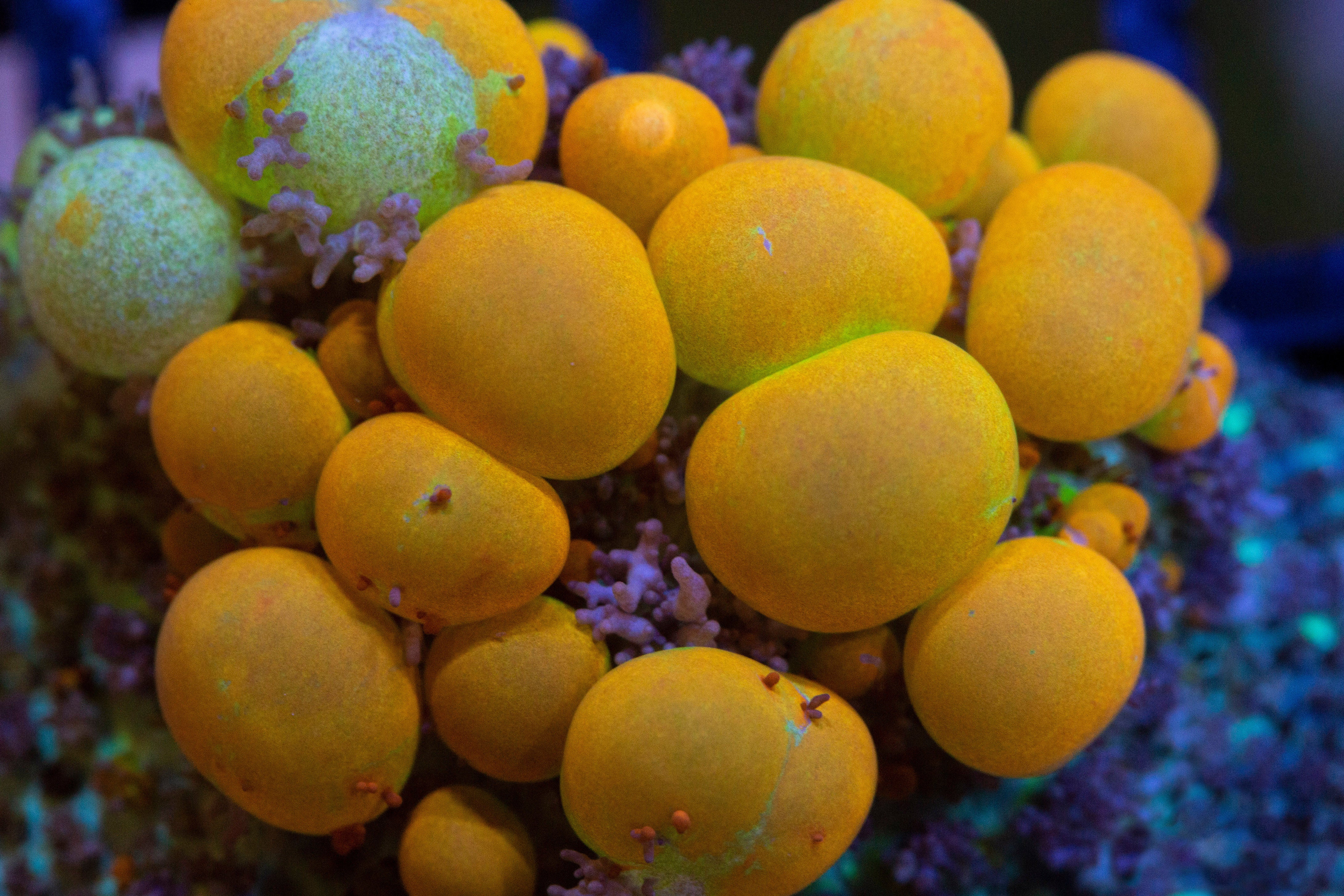
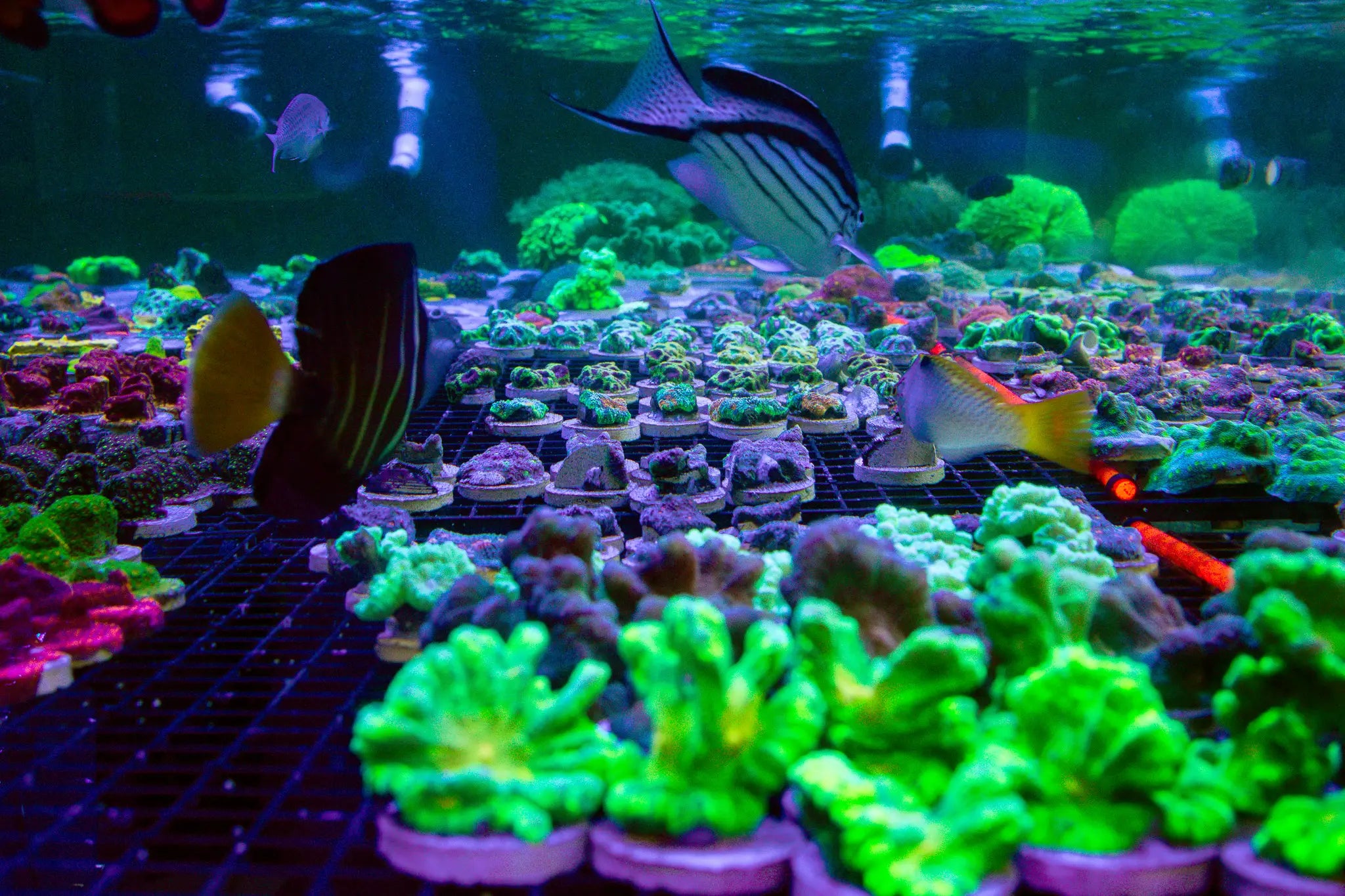
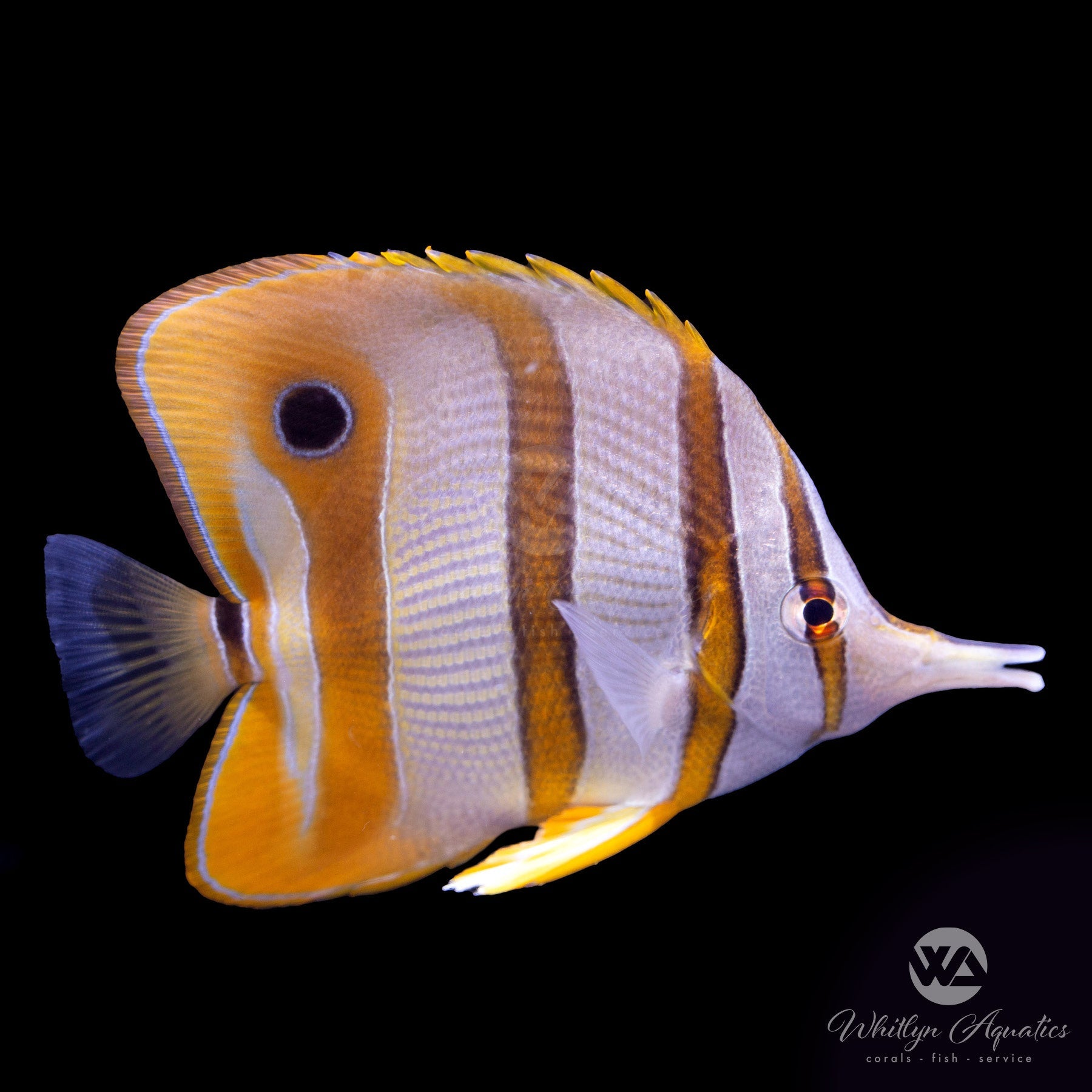
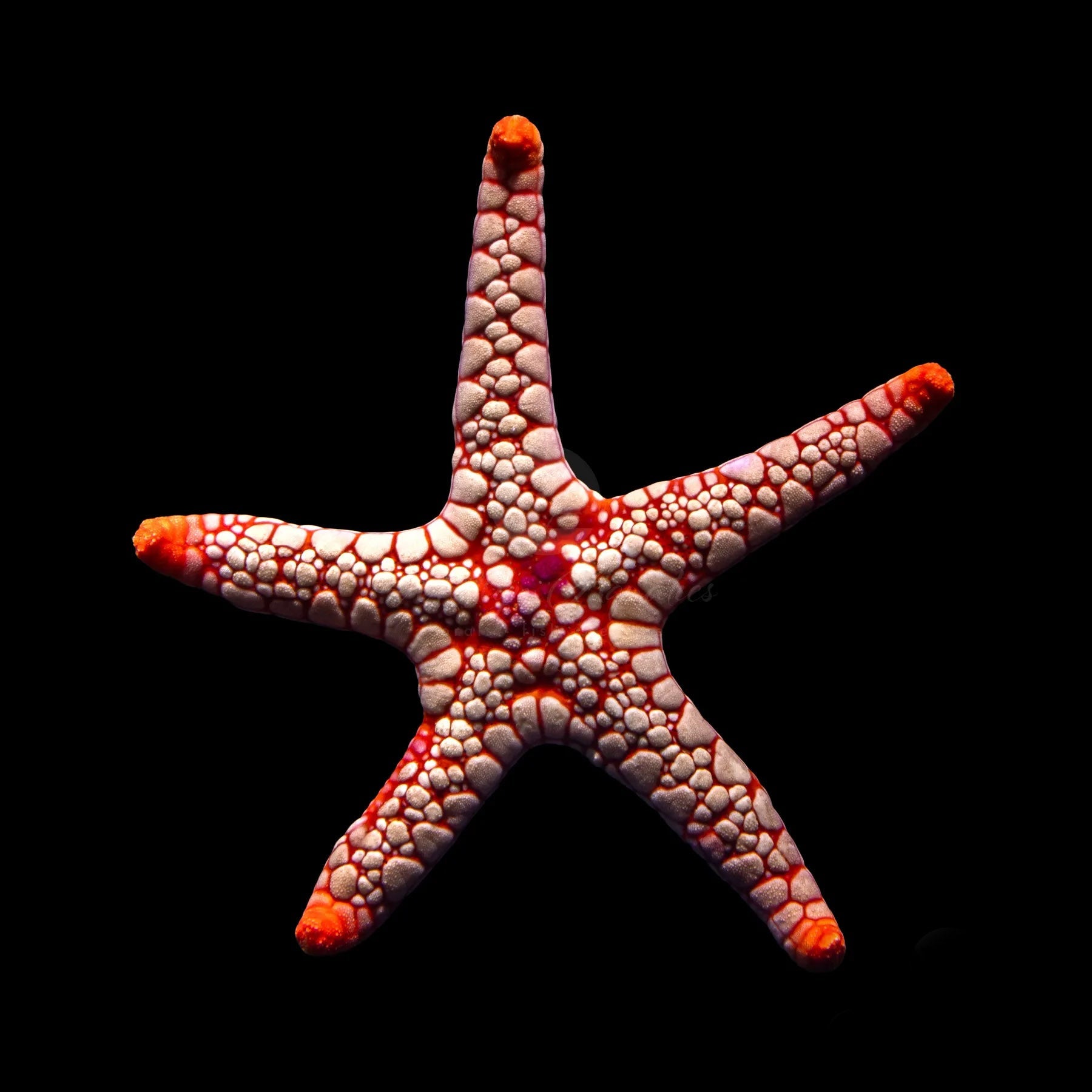
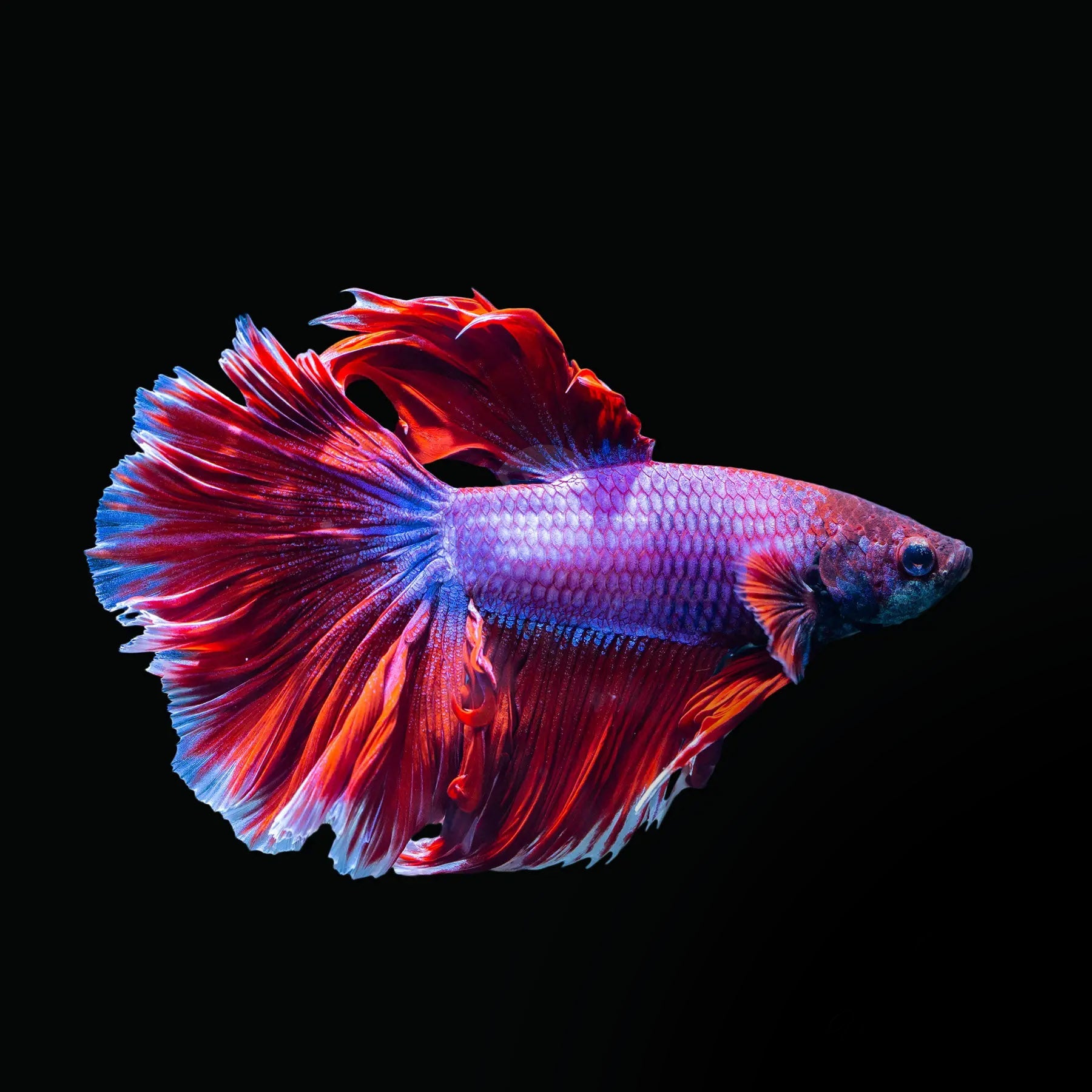
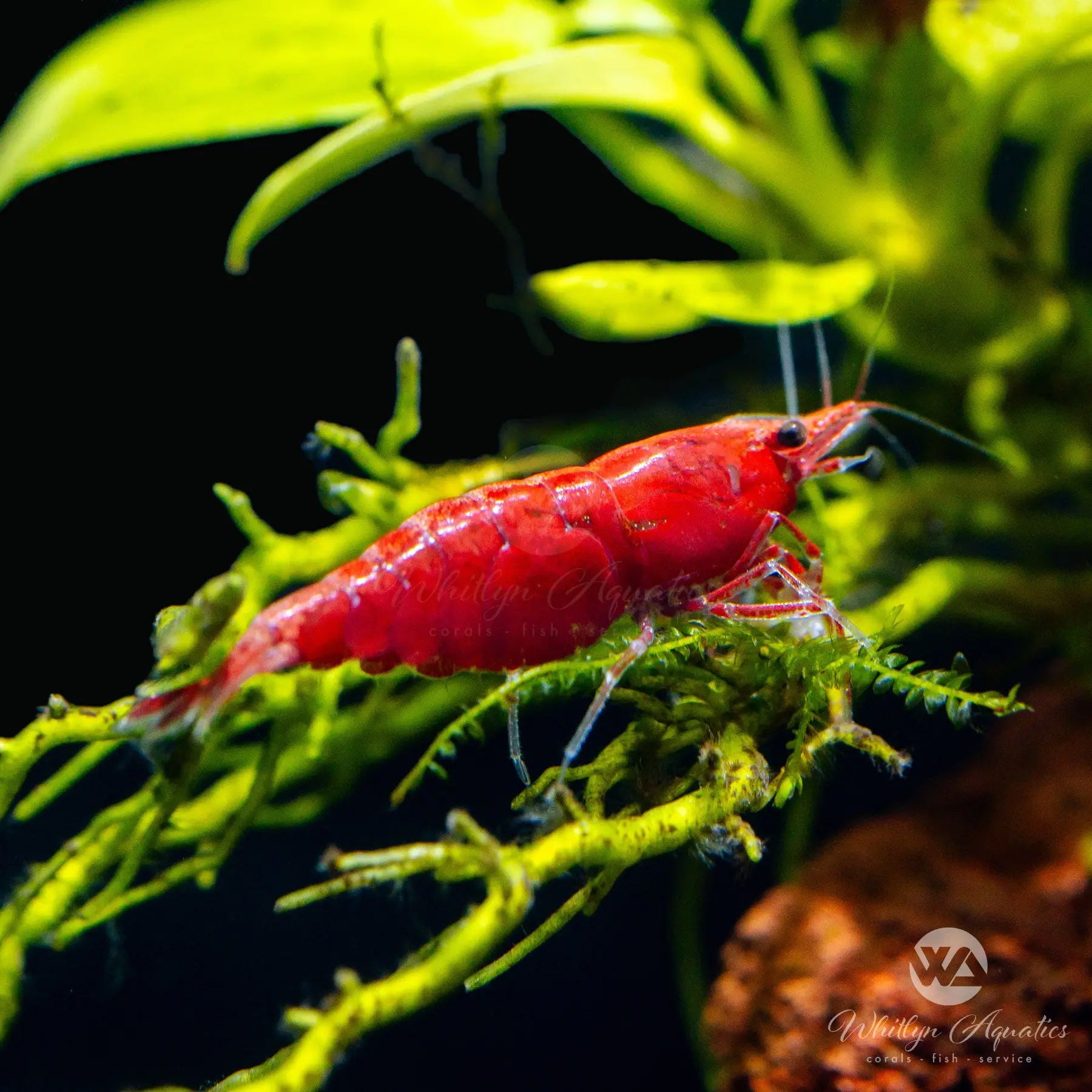
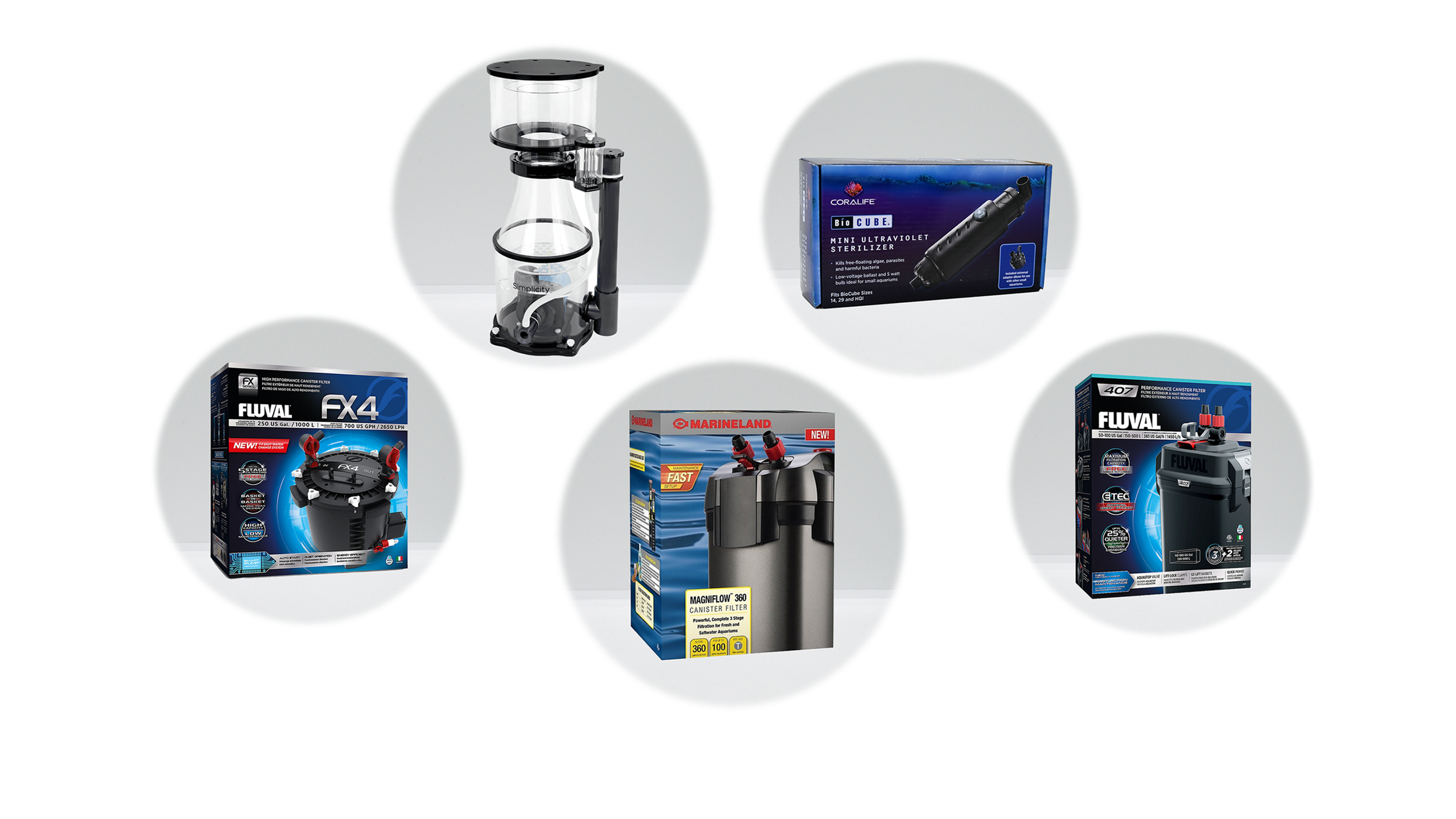
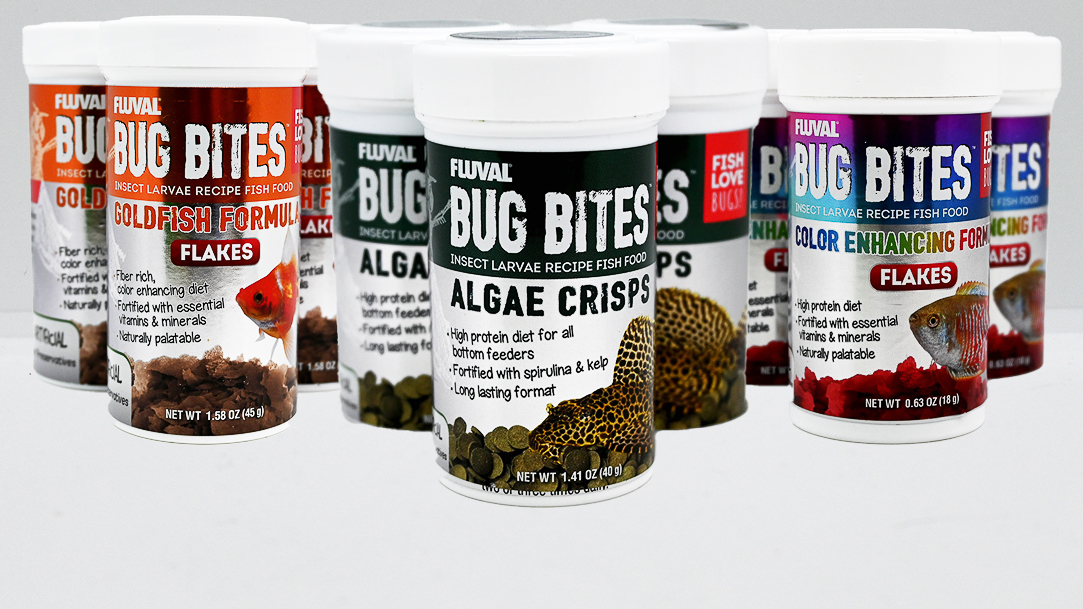
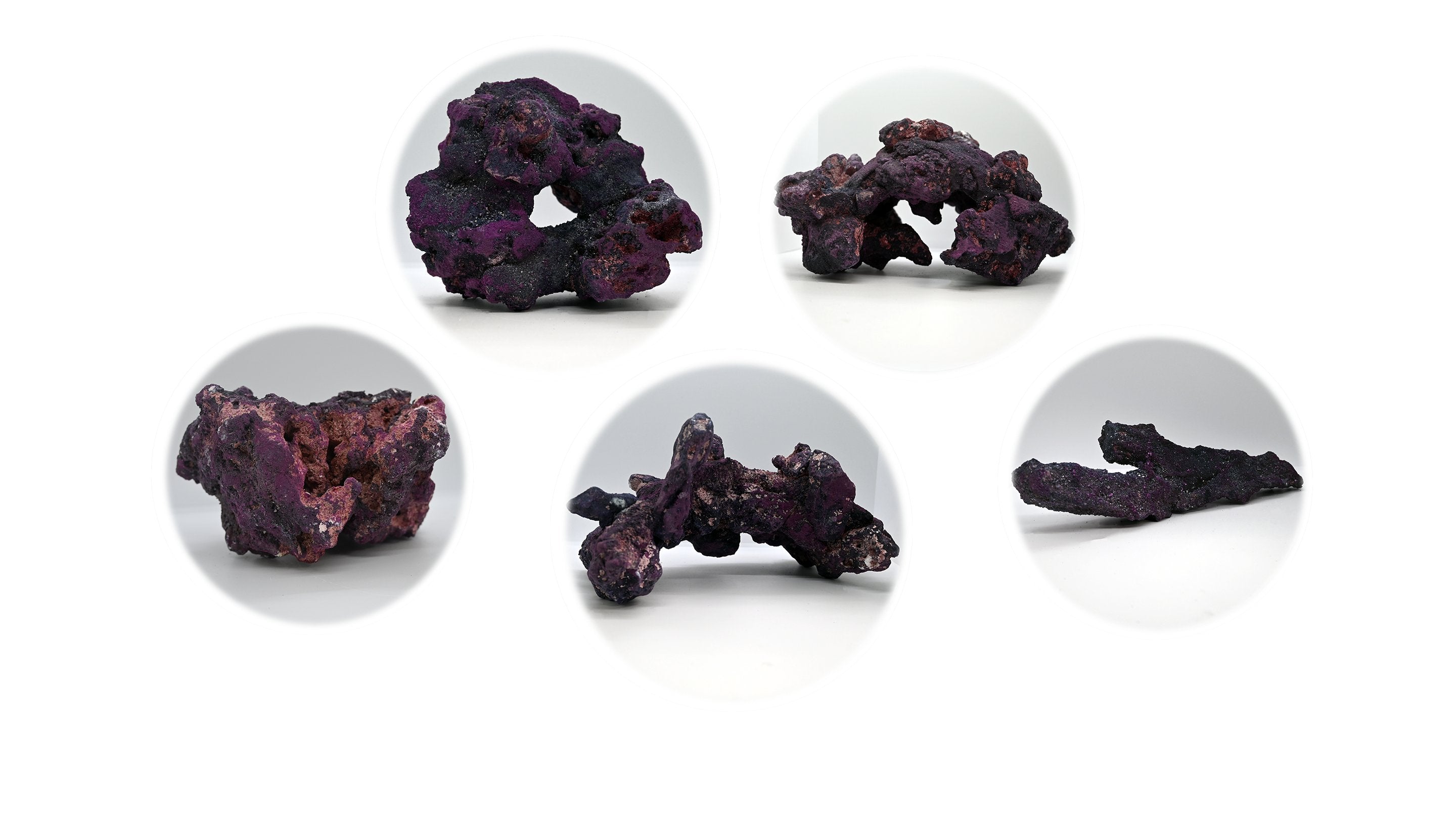
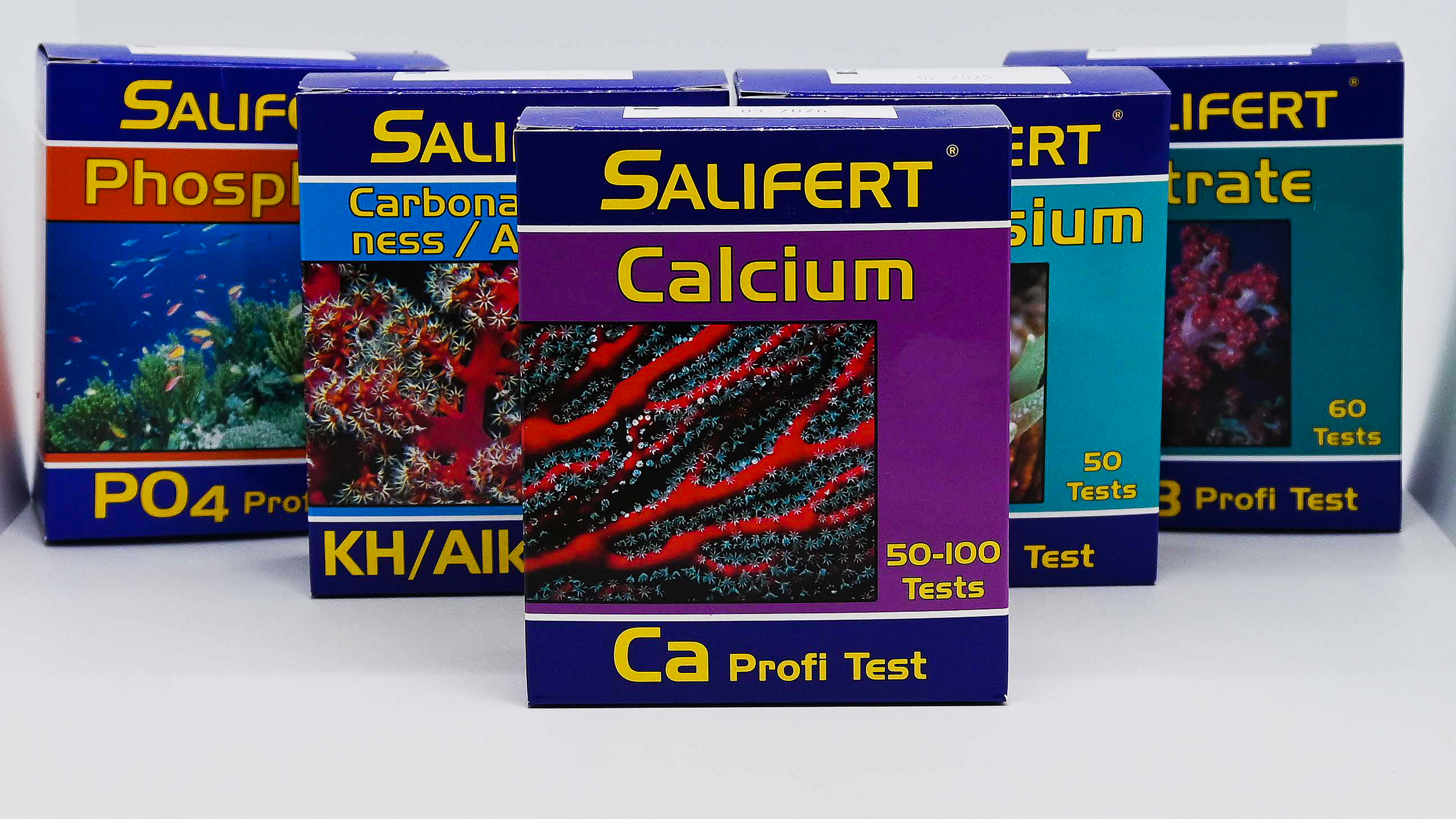
Leave a comment